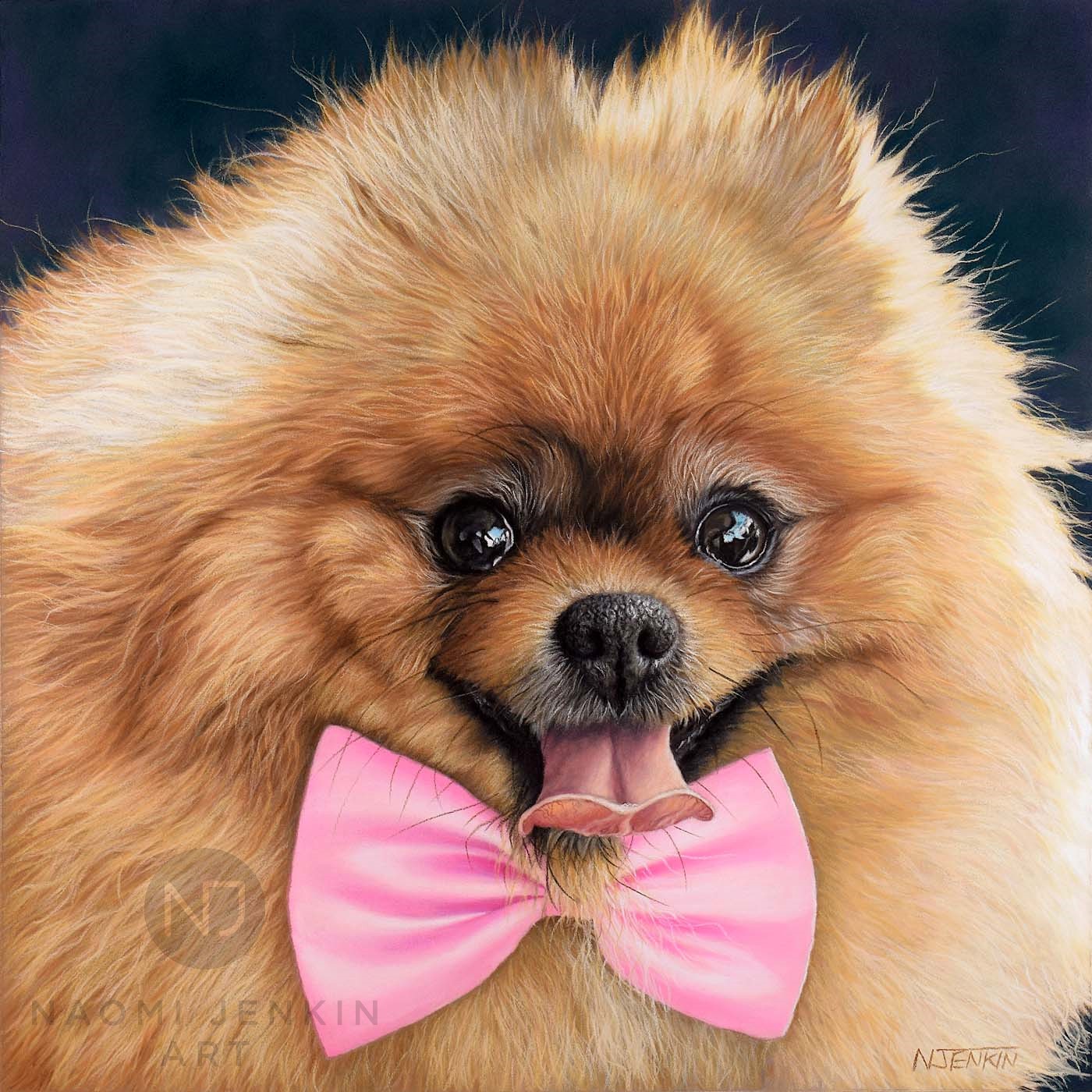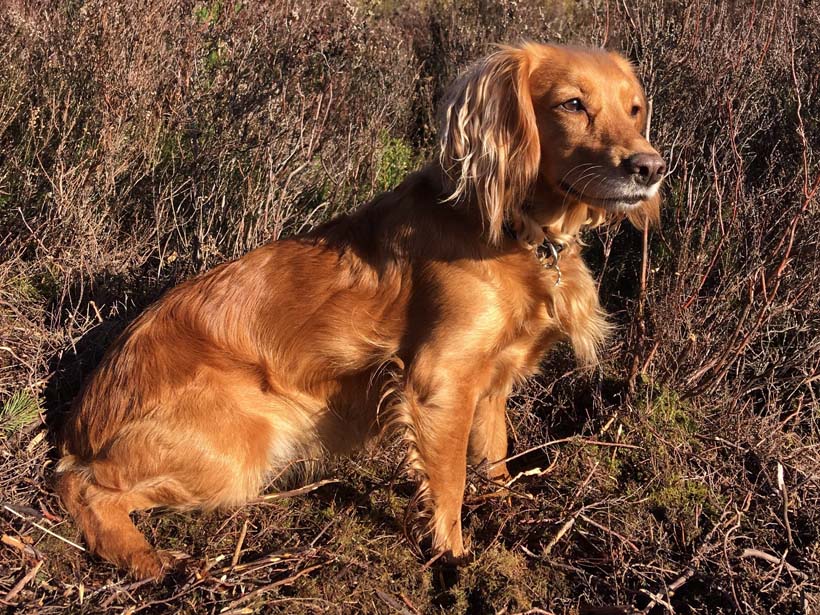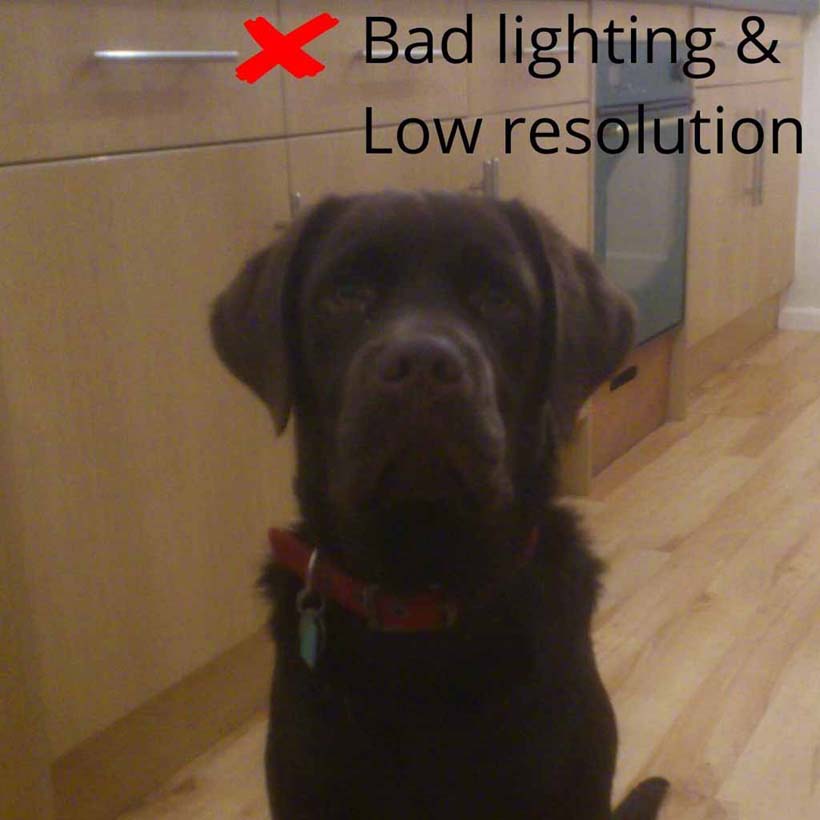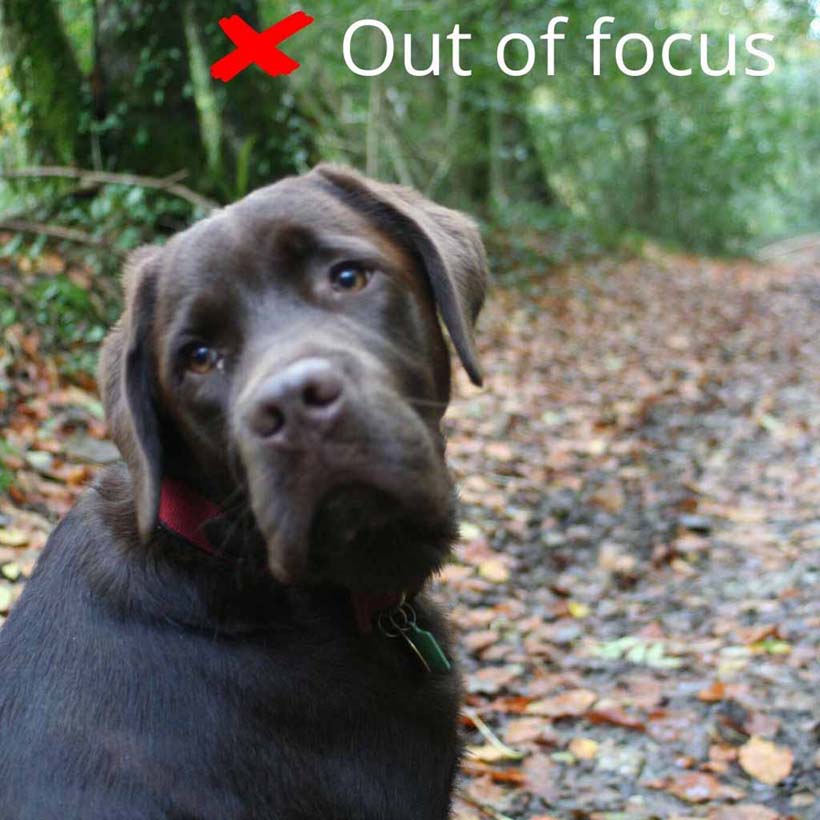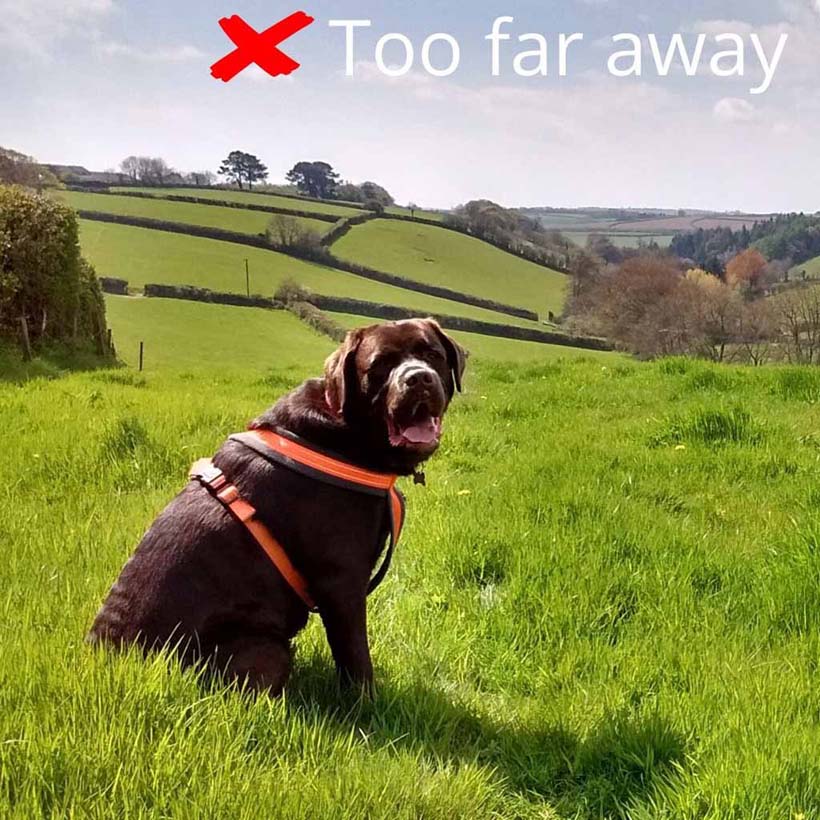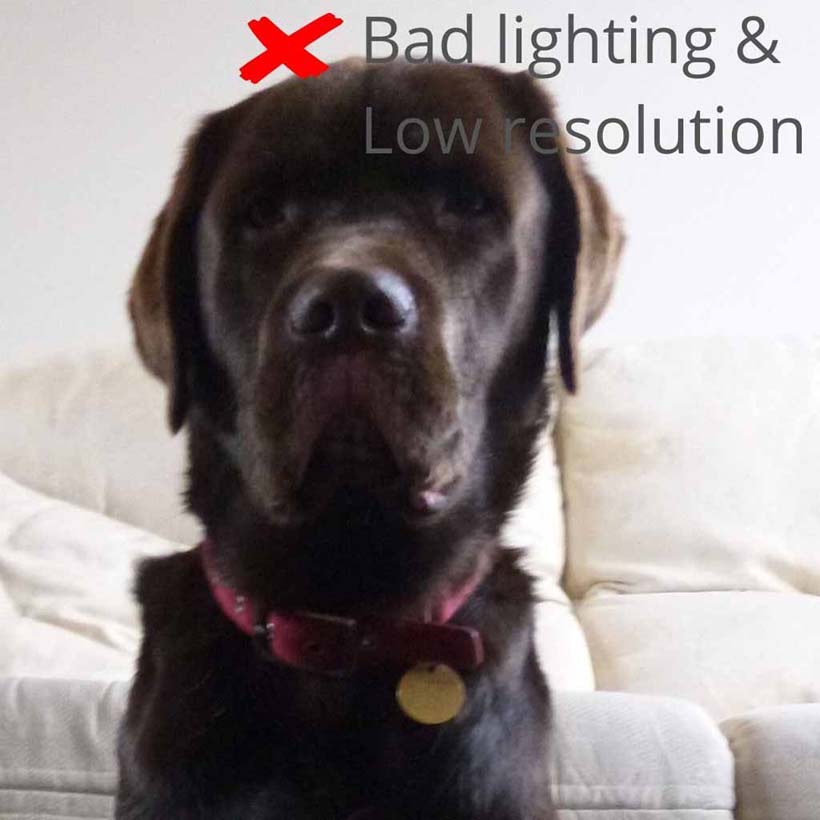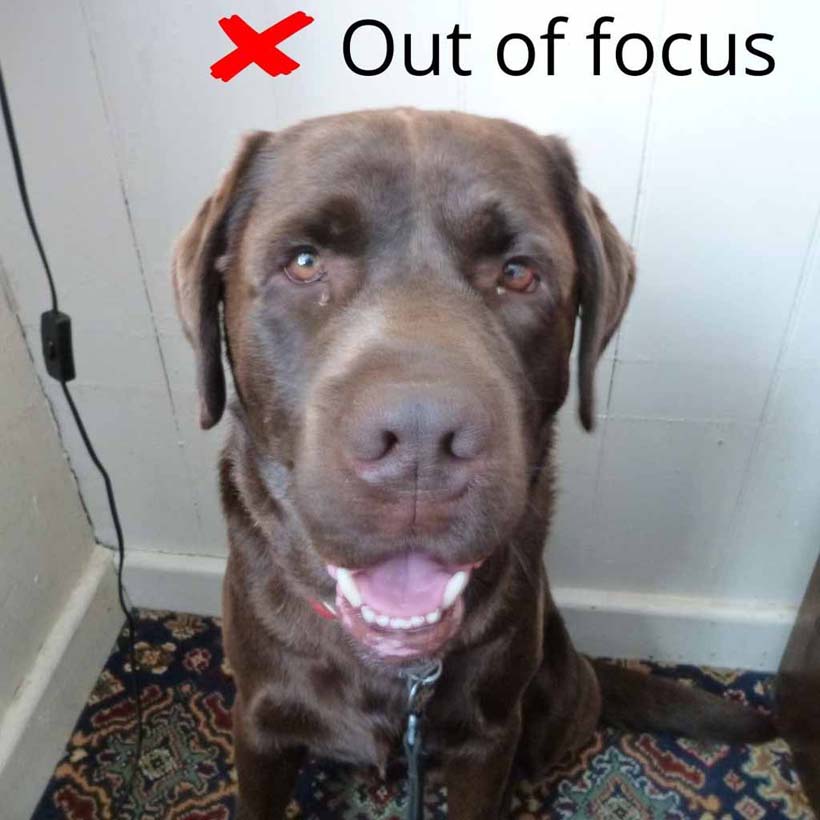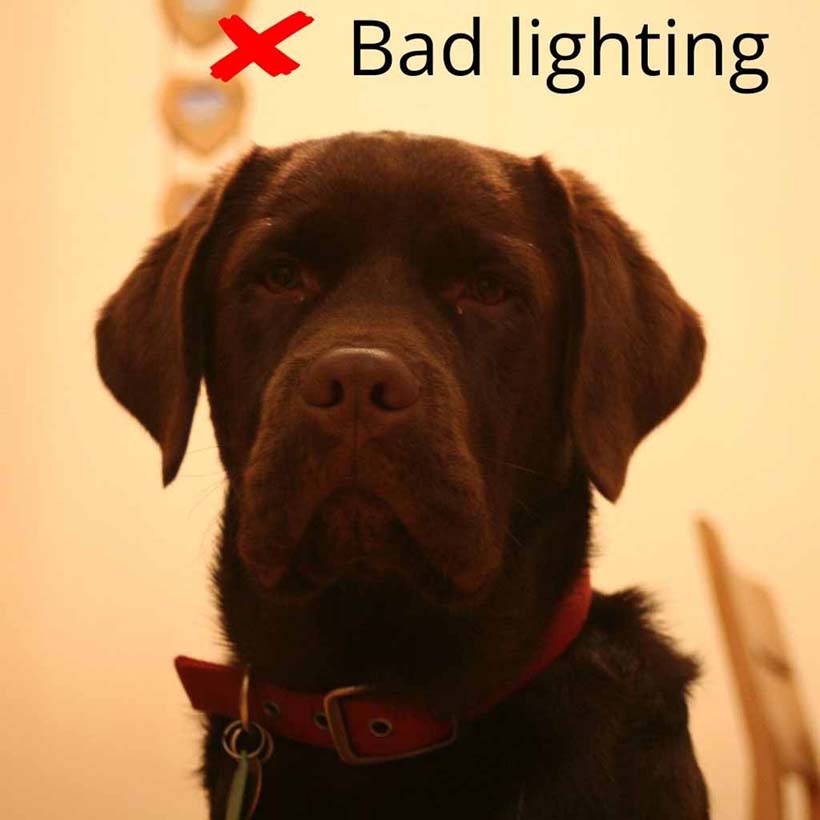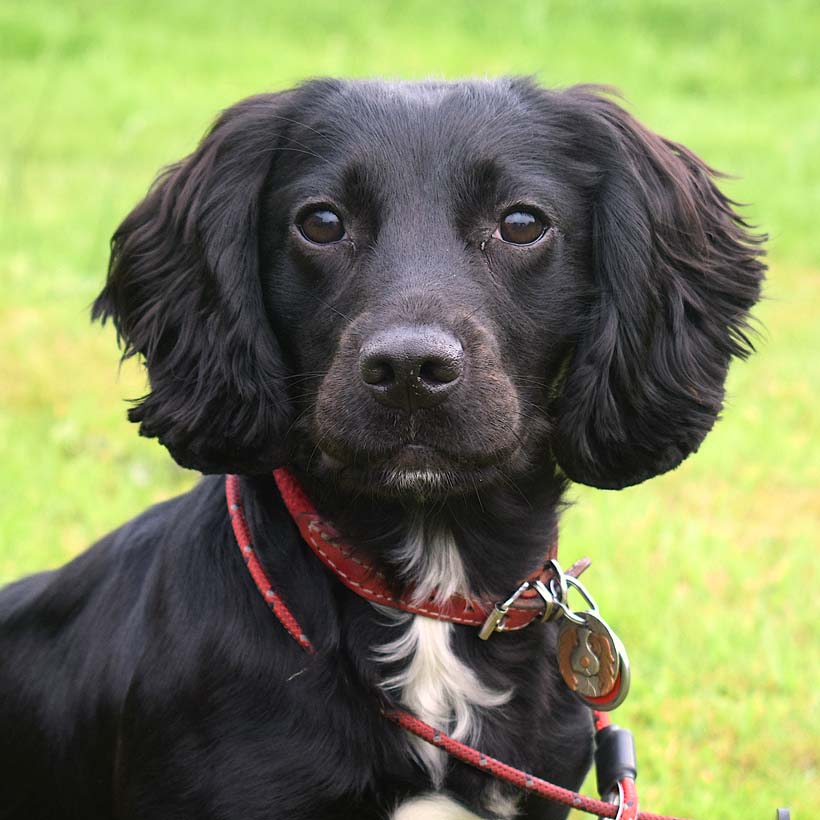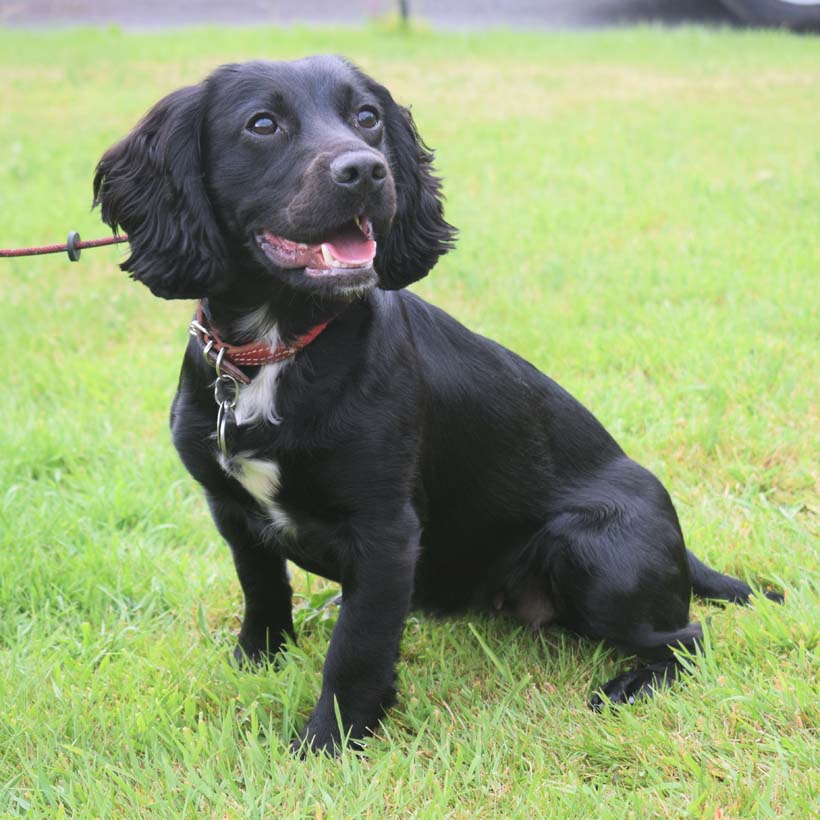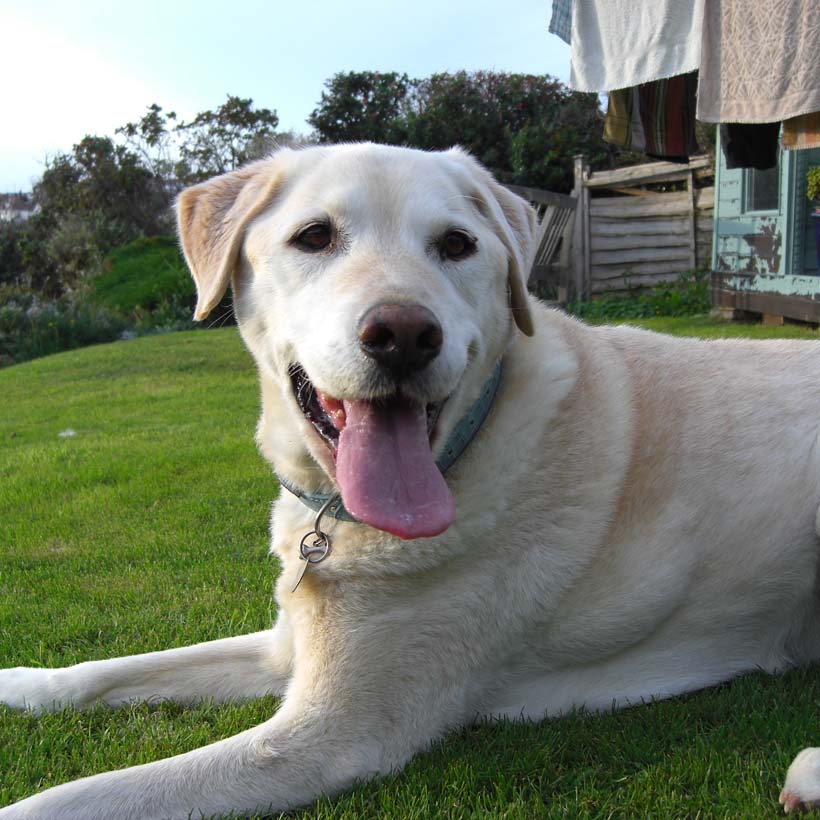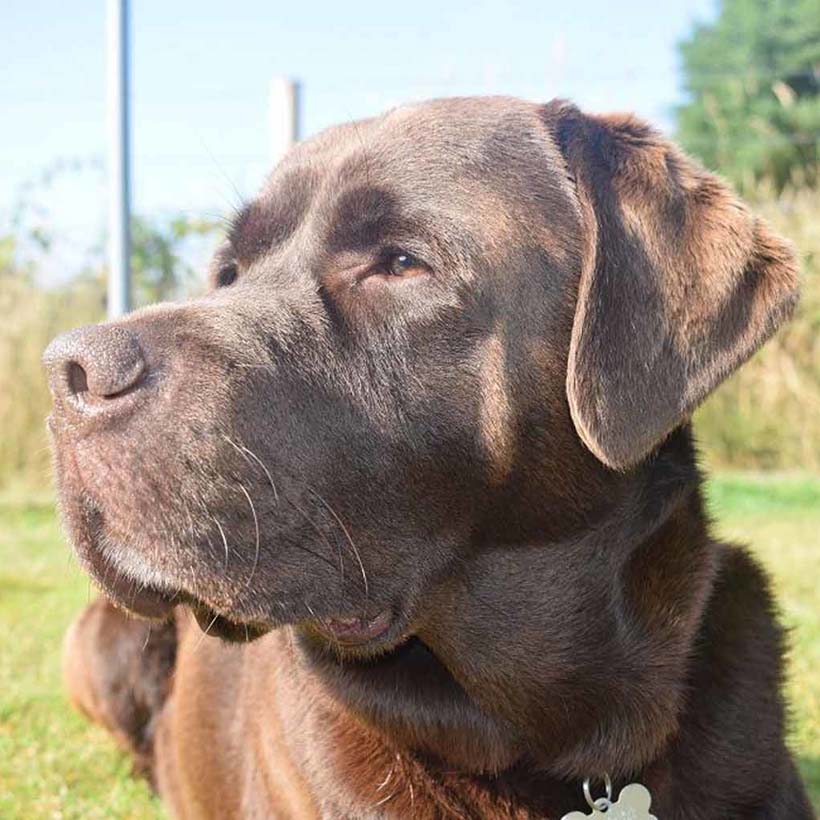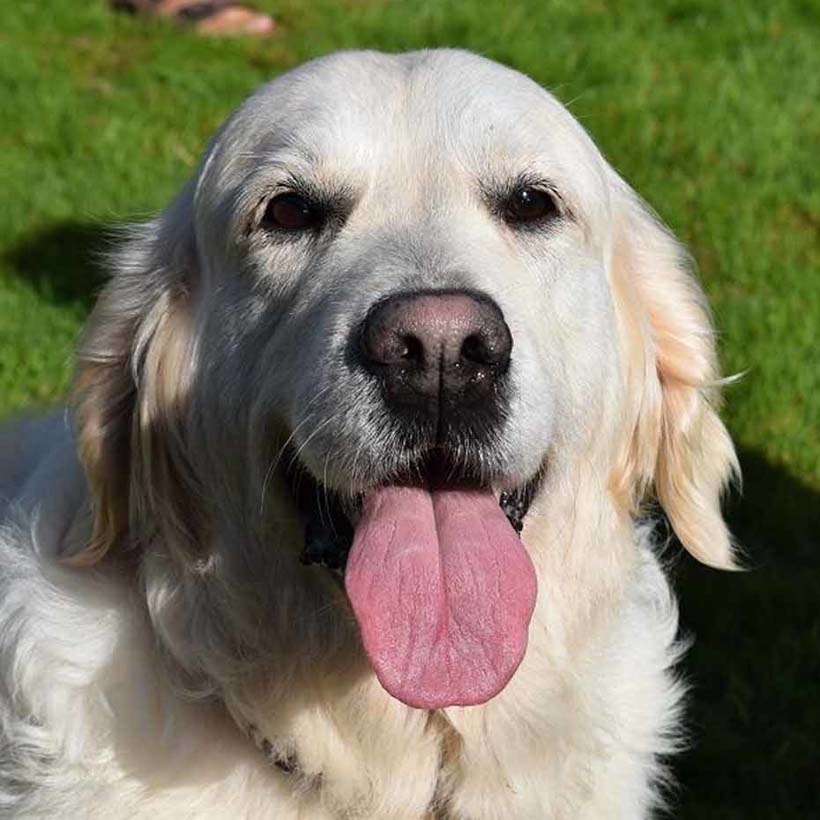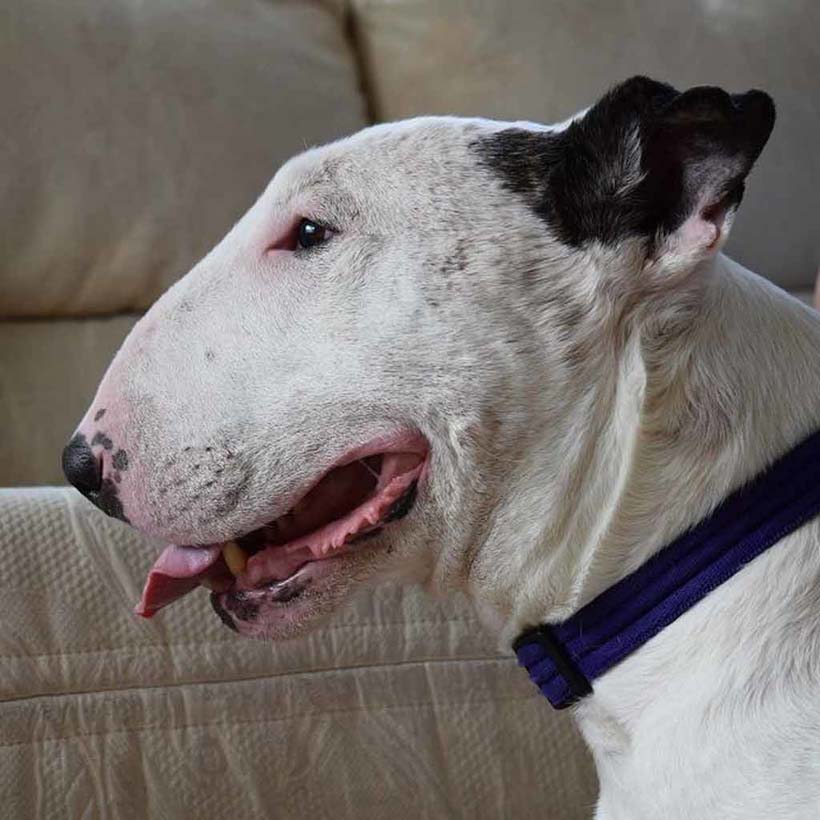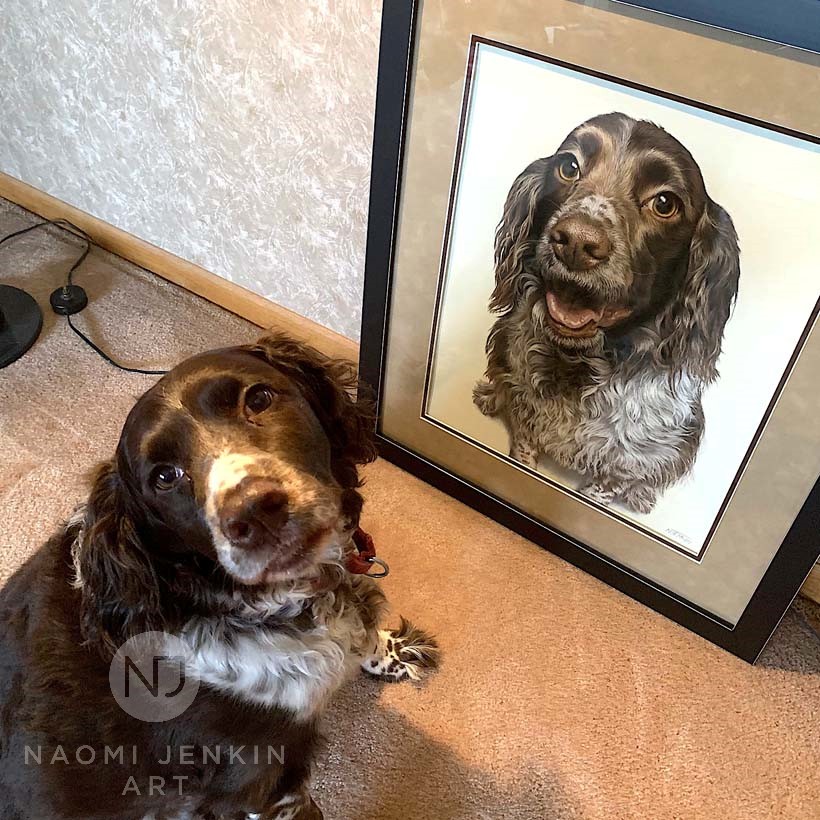
Molly the Springer Spaniel with her portrait.
Your pet's personality
I’m sure your pet has a particular look or expression that makes your heart melt. Or has certain adorable features that you love. It could be his joyful smile, her soft gentle eyes, or his cute floppy ears. Keep those things in mind when you’re choosing or taking photos of your pet, as those will be the photos that will go a long way to helping me capture your pet’s true likeness in your portrait.
Good lighting
Lighting is one of the most important factors when photographing your pet. Images that are too dark or overexposed make it very difficult for me to see all those little details. Try to take photos in natural daylight, as this will allow me to see the true colours of your pet’s fur. Interior lighting can sometimes alter how colours appear, so either take photos outside, or close to a good source of natural light like a large window.
CAPTURING DETAILS
The more detail I can see in your photos, the more realism I can work into your portrait. Make sure any photos you send me are of a high resolution and in clear focus. In particular, make sure the eyes and direction of fur can be clearly seen. Choose photos that are taken within a reasonably close distance to your pet. This will help to ensure your photo captures lots of detail.
If everything looks very fuzzy when you zoom in to your image, then the photo will be difficult for me to work from.
This video features five different portraits showing the reference photo used, followed by the hand drawn portrait. You can see how each of these reference photos were taken in natural daylight, and show a good level of detail, which are crucial if I'm to use them as references to draw a portrait from.
Please accept marketing-cookies to watch this video.
Examples of bad reference photos
Here are some examples of photos that would be problematic for me to work from, due to low resolution, poor lighting or from being out of focus.
Angle and pose
Feel free to send me photos from several different angles. This helps me to get an overall image of your pet. In general, photos work best when taken at eye level with your pet. This avoids that odd ‘large head, small body’ perspective that you sometimes get when you take a photo looking down at your pet.
The specific pose you choose ties in closely with your pet’s personality. There are many poses that work well for pet portraits, and I’ve included ideas in the examples of good reference photos below. Ultimately, go with a pose that you feel best reflects your pet’s nature and shows off their beautiful features.
Examples of good reference photos
Here are some examples of photos that would be perfect for me to work from. Note the good natural lighting and clear details. These photos will also give you some ideas for the various poses that can work well for your pet portrait.
Harnesses, collars and leads
If there are aspects of your chosen photo that you’d prefer me to leave out of your portrait, please just let me know. It’s usually possible for me to remove collars, harnesses, leads and name tags if you wish. I can also remove tear stains, dirt from muddy noses, and grey hairs (if you’d prefer your elderly pet to appear more youthful!)
More than one pet in your portrait
If you’re very lucky, you may have one photo that features all of your pets perfectly. In which case, hurrah!
More often than not though, it can be very difficult to capture each pet perfectly in the same photo. Luckily, I can work from separate individual photos of each pet to create a combined portrait, providing your photos tick the boxes below.
Perspective
Make sure the photos of each pet you send me are taken at roughly the same perspective. For example, if you have a photo of one pet taken at floor level, and a photo of another pet taken at standing height looking down, the two photos won’t work together in the same portrait. If both photos were taken at floor level, or both taken at standing height, that would be fine.
Lighting direction
Try to get the light coming from the same direction for each pet. If you have a photo of one pet with the light coming from the right, and a photo of another pet with the light coming from the left, it will look a bit odd when combined into one portrait.
Book a photoshoot
I’m always more than happy for you to bring your pets to me for a photoshoot. I’m based near Newquay in Cornwall, so if you live locally or are visiting on holiday, get in touch. I charge a flat rate of £20 for a photoshoot, and I’ll even email you some high-resolution photos for you to keep.

